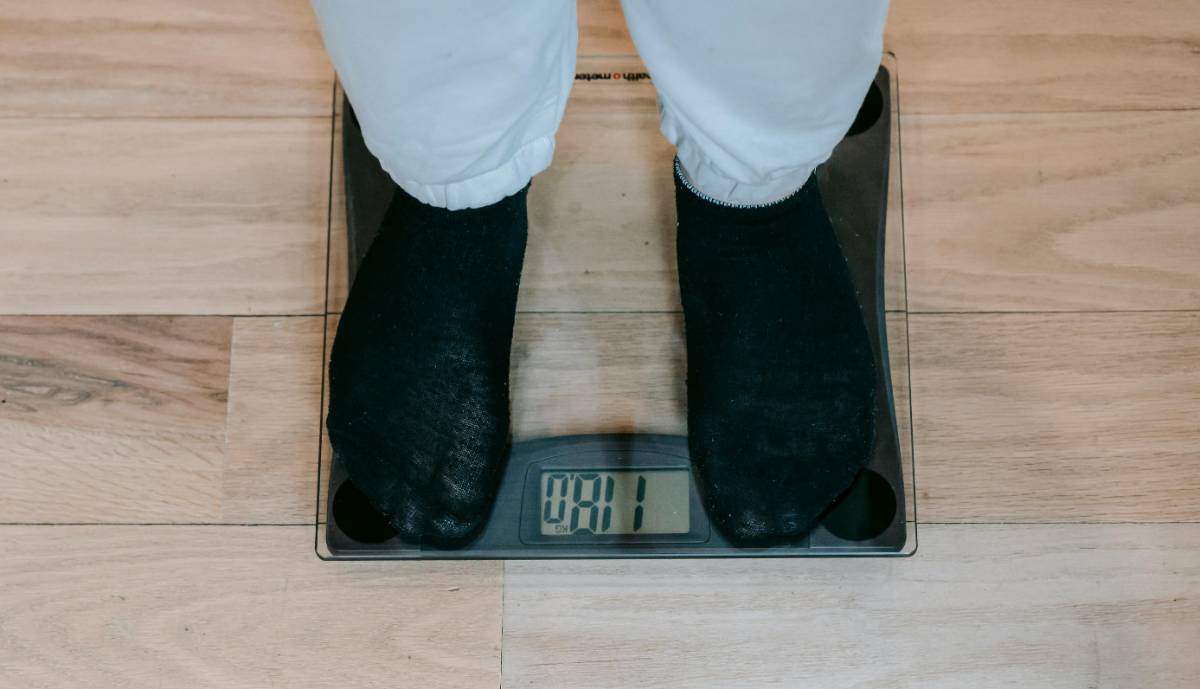The Benefits of Steady-State vs. Interval Cardio

4 min read
|05 Oct 2025Cardiovascular exercise is a key component of a balanced fitness routine, and two popular types of cardio are steady-state and interval training. Both methods have their unique benefits and can contribute to overall fitness and health in different ways. In this article, we’ll explore the benefits of steady-state cardio and interval cardio, compare the two approaches, and help you determine which might be best suited for your fitness goals.
Understanding Steady-State Cardio
Steady-state cardio involves performing cardiovascular exercise at a consistent, moderate intensity for an extended period. Here’s what you need to know about steady-state cardio:
Benefits:
Endurance Building: Steady-state cardio helps build aerobic endurance, allowing you to sustain physical activity for longer periods.
Lower Risk of Injury: The moderate intensity of steady-state cardio reduces the risk of injury compared to high-intensity workouts, making it suitable for individuals new to exercise or those with joint concerns.
Fat Utilization: Steady-state cardio primarily uses fat as a fuel source, especially when performed at moderate intensity for longer durations.
Examples: Walking, jogging, swimming, and cycling at a consistent pace.
How to Incorporate Steady-State Cardio:
Engage in steady-state cardio exercises 3-5 times per week, aiming for 30-60 minutes per session. Adjust the duration based on your fitness level and goals.
Understanding Interval Cardio
Interval cardio involves alternating between periods of high-intensity exercise and lower-intensity recovery or rest. Here’s what you need to know about interval cardio:
Benefits:
Increased Calorie Burn: Interval training can lead to a higher calorie burn both during and after the workout due to the intense bursts of exercise.
Metabolic Boost: Interval cardio increases your metabolic rate and promotes excess post-exercise oxygen consumption (EPOC), leading to continued calorie burn after the workout.
Time Efficiency: Interval workouts are typically shorter in duration, making them ideal for individuals with limited time for exercise.
Examples: High-Intensity Interval Training (HIIT), Tabata training, and sprint intervals.
How to Incorporate Interval Cardio:
Perform interval cardio 2-3 times per week, alternating with lower-intensity workouts or rest days. A typical session lasts 15-30 minutes, depending on the intensity and fitness level.
Comparing Steady-State and Interval Cardio
Both steady-state and interval cardio offer unique benefits and can be valuable components of a fitness routine. Here’s a comparison of the two approaches:
Intensity:
Steady-State Cardio: Involves maintaining a consistent, moderate intensity throughout the workout.
Interval Cardio: Alternates between high-intensity bursts and lower-intensity recovery periods.
Calorie Burn:
Steady-State Cardio: Provides a steady, continuous calorie burn throughout the workout.
Interval Cardio: Typically leads to a higher total calorie burn, including the afterburn effect.
Time Commitment:
Steady-State Cardio: Requires longer workout durations to achieve similar calorie burn compared to interval training.
Interval Cardio: Allows for shorter, more intense workouts with efficient calorie burning.
Fitness Goals:
Steady-State Cardio: Ideal for building endurance, improving cardiovascular health, and promoting fat utilization.
Interval Cardio: Effective for increasing calorie burn, improving metabolic rate, and enhancing cardiovascular fitness in a shorter time frame.
Choosing the Right Approach
The best cardio approach depends on your individual fitness goals, preferences, and lifestyle. Consider the following factors when choosing between steady-state and interval cardio:
Fitness Goals:
If your primary goal is to build endurance and maintain a steady level of aerobic fitness, steady-state cardio may be more suitable. If you aim to burn a higher number of calories in a shorter time and improve overall cardiovascular fitness, interval cardio could be more effective.
Time Availability:
For those with limited time, interval cardio offers a time-efficient way to achieve significant benefits. Steady-state cardio requires a longer time commitment to achieve similar results.
Injury and Recovery:
If you have joint concerns or are recovering from an injury, steady-state cardio may be a gentler option. Interval cardio can be high-impact and intense, which may not be suitable for everyone.
Incorporating Both Approaches
To maximize the benefits of cardio, consider incorporating both steady-state and interval training into your routine:
Variety: Combining both types of cardio can prevent workout monotony and provide a balanced approach to cardiovascular fitness.
Adaptability: Adjust your cardio routine based on your current fitness level, goals, and preferences. This can help you stay engaged and achieve better results.
Example Routine:
Include 2-3 steady-state cardio sessions per week, along with 1-2 interval cardio workouts. Adjust the frequency and duration based on your fitness level and schedule.
Final Thoughts
Steady-state and interval cardio each offer distinct benefits and can play valuable roles in a well-rounded fitness routine. By understanding the advantages of each approach and considering your individual goals and preferences, you can create an effective cardio strategy that supports your overall health and fitness. Whether you choose steady-state, interval cardio, or a combination of both, staying consistent and adjusting your routine as needed will help you achieve your fitness objectives and maintain a healthy lifestyle.
MORE ARTICLES

8 min read | 30 Nov 2025
Tracking Progress: Beyond the Scale
While the scale is a common tool for measuring progress in a weight loss journey, it's not the only way to track your success. Focusing solely on weight can sometimes be misleading, as it doesn't account for muscle gain, changes in body composition, or improvements in overall health. Exploring alternative methods to monitor progress can provide a more comprehensive view of your achievements.

8 min read | 29 Nov 2025
How to Effectively Use a Food Diary
Using a food diary can be a powerful tool for managing your diet, understanding eating habits, and achieving your health and wellness goals. By tracking what you eat and drink, you can gain valuable insights into your nutritional intake, identify patterns, and make informed decisions to improve your overall health.

7 min read | 28 Nov 2025
The Benefits of Using a Fitness Tracker
Fitness trackers have become increasingly popular tools for those looking to monitor and improve their physical activity and overall health. These devices offer a range of benefits that can help users stay motivated, track their progress, and make informed decisions about their health and fitness routines.

6 min read | 27 Nov 2025
How to Adapt Weight Loss Strategies for Aging Bodies
As we age, our bodies undergo various changes that can affect our weight and metabolism. Adapting weight loss strategies to accommodate these changes is essential for achieving and maintaining a healthy weight in later years. Understanding how aging impacts weight management can help in developing effective and sustainable weight loss plans.

6 min read | 26 Nov 2025
Guidelines for Weight Management with Heart Conditions
Managing weight with heart conditions is crucial for improving cardiovascular health and reducing the risk of complications. Individuals with heart conditions must approach weight management with specific guidelines to ensure that their efforts support their overall heart health. Understanding the intersection of weight management and heart conditions can help in creating a balanced approach that prioritizes both weight control and heart health.

5 min read | 25 Nov 2025
The Impact of Metabolic Syndrome on Weight Loss Efforts
Metabolic syndrome is a cluster of conditions that increase the risk of heart disease, stroke, and diabetes. It is characterized by abdominal obesity, high blood pressure, high blood sugar levels, and abnormal cholesterol levels. The presence of metabolic syndrome can significantly impact weight loss efforts and pose unique challenges for individuals trying to manage their weight. Understanding the interplay between metabolic syndrome and weight loss is crucial for developing effective strategies for achieving and maintaining a healthy weight.
RECENT POSTS
1
The Importance of Hydration in Your Diet
2 min read | 14 Dec 20252
Debunking Common Myths About Healthy Eating
2 min read | 13 Dec 20253
Meal Prepping: The Key to Eating Healthy Every Day
3 min read | 12 Dec 20254
The Role of Fiber in a Healthy Diet
5 min read | 11 Dec 20255
Superfoods You Should Add to Your Diet Today
5 min read | 10 Dec 20256
How to Start Eating Healthy on a Budget
5 min read | 09 Dec 2025MORE POSTS

Tracking Progress in Endurance Training
2 min read | 03 Dec 2025
The Benefits of Cross-Training for Endurance Athletes
5 min read | 02 Dec 2025
Endurance Training for Cyclists
4 min read | 01 Dec 2025
How to Increase Your Stamina for Long-Distance Running
4 min read | 30 Nov 2025
Creating an Endurance Workout Routine
5 min read | 29 Nov 2025
